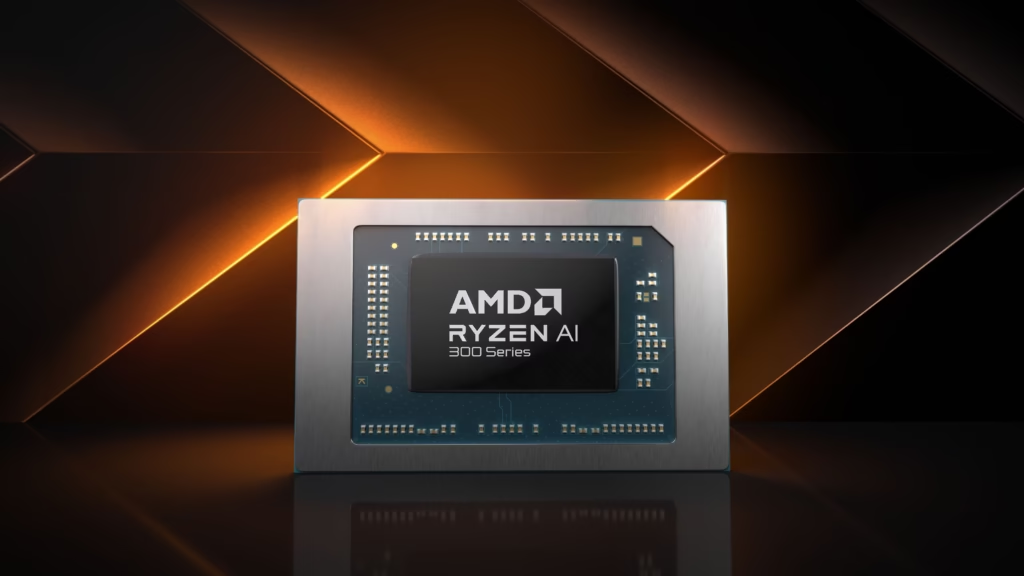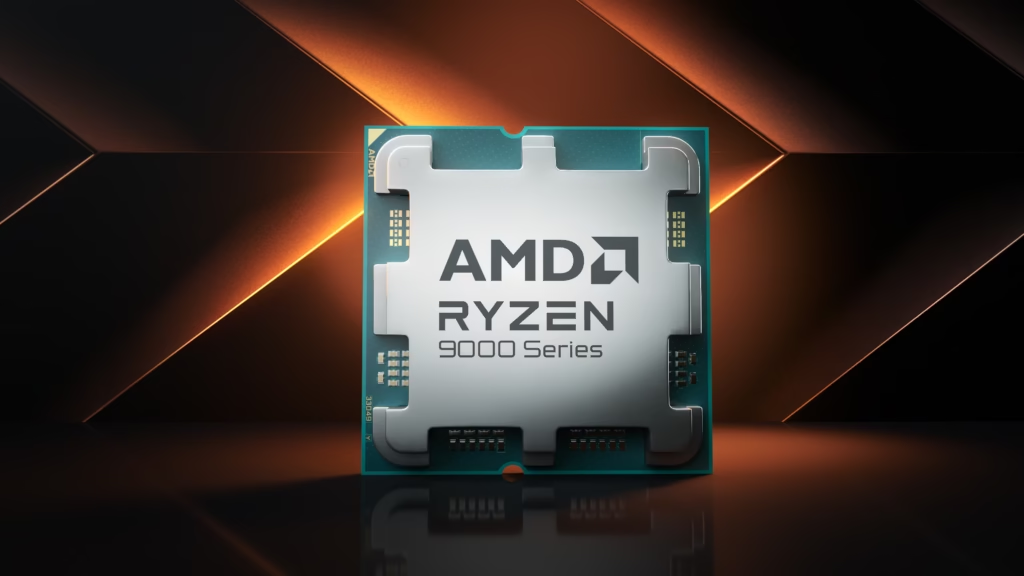AMD Processors at the Heart of Modern Technology
AMD processors have become a driving force in today’s fast-moving world of computing, gaming, and artificial intelligence (AI). From casual gamers to professional data scientists, people across the tech world rely on AMD’s innovative hardware to perform better, faster, and more efficiently. Over the years, AMD has gone from being an underdog in the processor market to standing toe-to-toe with the biggest names in the semiconductor industry.
In this article, we’ll explore how AMD processors have evolved, what makes them stand out, and how the company is playing a crucial role in powering the future of technology.
A Quick Look at AMD’s History
Founded in 1969, AMD (Advanced Micro Devices) started as a supplier of logic chips before transitioning into microprocessors. It wasn’t until the early 2000s that AMD gained real attention with the launch of the Athlon and Opteron processors, which offered strong competition to Intel’s offerings.
Fast-forward to today, and AMD is known globally for its powerful Ryzen and EPYC processors, as well as its high-performance graphics cards under the Radeon brand.
AMD’s Rise in the CPU Market

The Ryzen Revolution
The turning point for AMD came in 2017 with the launch of the Ryzen series. Built on the new “Zen” architecture, Ryzen processors offered:
- More cores and threads compared to Intel chips at similar prices
- Enhanced multitasking and gaming performance
- Competitive pricing that appealed to gamers and PC builders
With each new generation—Zen 2, Zen 3, and Zen 4—AMD has continued to push the envelope. Ryzen processors are now found in everything from budget desktops to high-end gaming rigs and powerful laptops.
EPYC in the Data Center
While Ryzen is designed for consumers, EPYC processors target servers and data centers. These chips are packed with cores and deliver outstanding performance for cloud computing, AI training, and data analytics. AMD’s EPYC line has seen major adoption by companies like Microsoft, Amazon, and Google Cloud.
AMD and Gaming: A Match Made in Silicon Heaven
Console Domination
AMD doesn’t just power PCs—it’s also the brain behind most gaming consoles. The PlayStation 5 and Xbox Series X both run on custom AMD chips, combining Ryzen CPU cores with Radeon GPU technology. This gives gamers a smoother, faster, and more immersive experience.
Radeon Graphics Cards
In addition to processors, AMD also competes with NVIDIA in the graphics card space through its Radeon series. The latest Radeon RX 7000 series, built on the RDNA 3 architecture, delivers high frame rates, better ray tracing, and efficient power usage for 4K gaming.
AMD’s integration of both CPUs and GPUs also makes it a key player in AMD Advantage laptops, which are optimized for gaming and creative workloads.
How AMD Processors Lead in AI and Machine Learning

AI-Ready Hardware
As artificial intelligence becomes a bigger part of our lives, from voice assistants to medical diagnostics, AMD is stepping up with chips that can handle heavy AI workloads. EPYC processors are optimized for AI inference and training, making them a cost-effective solution for companies looking to scale their AI infrastructure.
Acquisition of Xilinx
In 2022, AMD acquired Xilinx, a leading maker of field-programmable gate arrays (FPGAs). These customizable chips are used in AI, telecommunications, and aerospace. This move allowed AMD to expand its product lineup and offer solutions tailored to AI and machine learning applications.
AMD vs Intel: The Ongoing Battle
The rivalry between AMD and Intel has long fueled innovation in the CPU market. Here’s how AMD holds up:
| Feature | AMD Ryzen | Intel Core |
|---|---|---|
| Cores & Threads | Often more at similar price points | Traditionally fewer |
| Performance per Watt | Efficient with better thermals | High power usage in some models |
| Price | More budget-friendly | Generally higher |
| Innovation | 3D V-Cache, chiplet design | Strong single-thread performance |
AMD’s chiplet architecture allows it to build complex CPUs more cost-effectively and scale performance easily, which is a major technical advantage.
AMD in Laptops and Workstations
AMD laptops used to lag behind Intel, but not anymore. With the Ryzen 6000 and 7000 series mobile chips, AMD has become a top choice for thin-and-light laptops, workstations, and gaming notebooks.
Benefits of AMD-powered laptops:
- Long battery life
- Great integrated graphics with Radeon Vega or RDNA2
- Excellent multitasking capabilities
Major brands like HP, Dell, Lenovo, and ASUS now offer premium AMD-based laptops for both casual users and professionals.
Sustainability and Energy Efficiency
With growing concerns about climate change and energy consumption, AMD is also focusing on sustainability. The company has pledged to:
- Reduce carbon emissions by 50% by 2030
- Increase energy efficiency by 30x in its processors by 2025
Thanks to efficient designs and lower power consumption, AMD processors are a solid choice for companies looking to reduce their environmental impact.
AMD’s Future: What to Expect
Zen 5 and Beyond
AMD plans to launch the Zen 5 architecture in late 2024 or early 2025. This next-gen design promises even better performance, efficiency, and AI capabilities. Expectations include:
- Enhanced support for AI and machine learning
- Advanced 3D chip stacking
- Use of TSMC’s 3nm process for smaller, faster transistors
Expanding in AI and Custom Silicon
AMD is also focused on building custom silicon for clients like Tesla, Sony, and Microsoft. With AI becoming more important, we can expect AMD to develop chips tailored for specific use cases like autonomous vehicles and cloud-based AI services.
Why AMD Processors Are a Smart Choice
To wrap things up, here are the top reasons to consider AMD processors in 2025:
- Performance: Competitive with or better than Intel and NVIDIA in many benchmarks.
- Value: High performance at a reasonable price.
- Innovation: Cutting-edge features like chiplet design, 3D V-Cache, and powerful integrated graphics.
- Future-Ready: Strong in AI, gaming, and sustainability.
Whether you’re a gamer, content creator, developer, or business leader, AMD has a processor that fits your needs.
Final Thoughts
AMD processors have come a long way in just a few short years. With innovative design, high performance, and strong support for emerging technologies, AMD is now a leader in the global chip market. As we move further into a future defined by AI, gaming, and high-performance computing, AMD is well-positioned to remain at the forefront.
Read Next – Micron Technology’s Growth and Challenges in 2025






